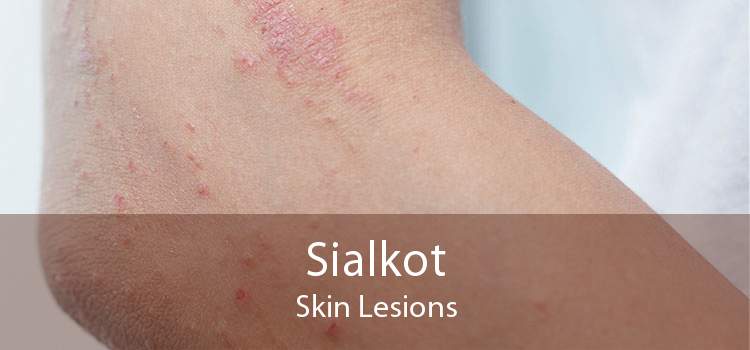ENT surgeons often treat conditions that affect the senses such as hearing and balance disorders or smell and taste problems. They also treat patients with conditions that affect their voice, breathing, and swallowing as well as those with head and neck tumors including the skull base, and interface with the brain.
ENT surgeons may treat people of all ages from newborn babies to elderly people. They see more children than most other surgeons, apart from pediatric surgeons. One of the attractions is that they treat a wide spectrum of ages and diseases.
A proportion of an ENT surgeon’s time is spent in outpatient clinics and managing conditions medically without the need for surgery. The use of microscopes & endoscopes in outpatients allows treatment/ diagnosis in the clinic. ENT has possibly the widest range of operations of any specialty from major head & neck procedures with flaps & complex reconstructions to microsurgery on the ear.
Nose or nasal surgery Nose surgery often aims to correct sinus problems, which can be caused by conditions such as sinusitis. Surgery is also an option to treat other conditions such as chronic congestion or a deviated septum.
Skin lesions usually performed as an outpatient procedure, most skin lesions do not cause serious problems. Different methods of removal are used depending on what type of lesion you have.
Throat surgery Throat surgery is typically recommended to treat conditions that affect the body's immune system. Common throat surgeries include removal of the tonsils (tonsillectomy) and adenoids (adenoidectomy).
Our surgeons are trained in the latest surgical techniques, including minimally invasive procedures, to treat pediatric and adult otolaryngology conditions ranging from common inner ear infections to more complex cancers of the head and neck.
ENT surgeons treat a very wide range of conditions. These include:

- Ear conditions
- Nose conditions
- Throat conditions
- Head and neck conditions
- Facial cosmetic surgery
Ear conditions include:
- Otosclerosis (a condition of the middle ear that causes hearing loss) and other problems with hearing and deafness
- Otitis media with effusion – a common condition of childhood (also known as glue ear) in which the middle ear becomes blocked with fluid
- Age-related hearing loss
- Tinnitus (ringing in the ears) and eustachian tube dysfunction
- Dizziness and vertigo
- Ear infections
- Perforated eardrum and cholesteatoma
- Protruding ears
Nose conditions include:
- Sinus infection and rhino-sinusitis, including in children
- Nasal injuries
- Nasal polyps
- Tumors of the nose
- Nasal obstruction
- Disorders of the sense of smell
Throat conditions include:
- Adenoid problems – surgical removal of these small glands in the throat at the back of the nose is sometimes needed and is usually performed in childhood
- Tonsillitis, sometimes requiring surgical removal of the tonsils, usually in childhood
- Hoarseness and laryngitis
- Swallowing problems
- Upper airway breathing problems
- Snoring and obstructive sleep apnoea (when breathing stops during sleep)
Head and neck conditions include:
- Cancer affecting the mouth, oral cavity, throat (pharynx), voice box (larynx), salivary glands, skull base, or the nose and sinuses
- Thyroid and parathyroid problems
- Facial skin lesions including skin cancer
- Facial cosmetic surgery is also part of ENT surgery and includes:
- Rhinoplasty (nose surgery)
- Otoplasty (ear surgery)
- Blepharoplasty (removal of excess skin and fat pads around the upper and lower eyelids)
- Facial reconstruction following trauma or cancer
Facial cosmetic surgery is also part of ENT surgery and includes:
- Rhinoplasty (nose surgery)
- Otoplasty (ear surgery)
- Blepharoplasty (removal of excess skin and fat pads around the upper and lower eyelids)
- Facial reconstruction following trauma or cancer



